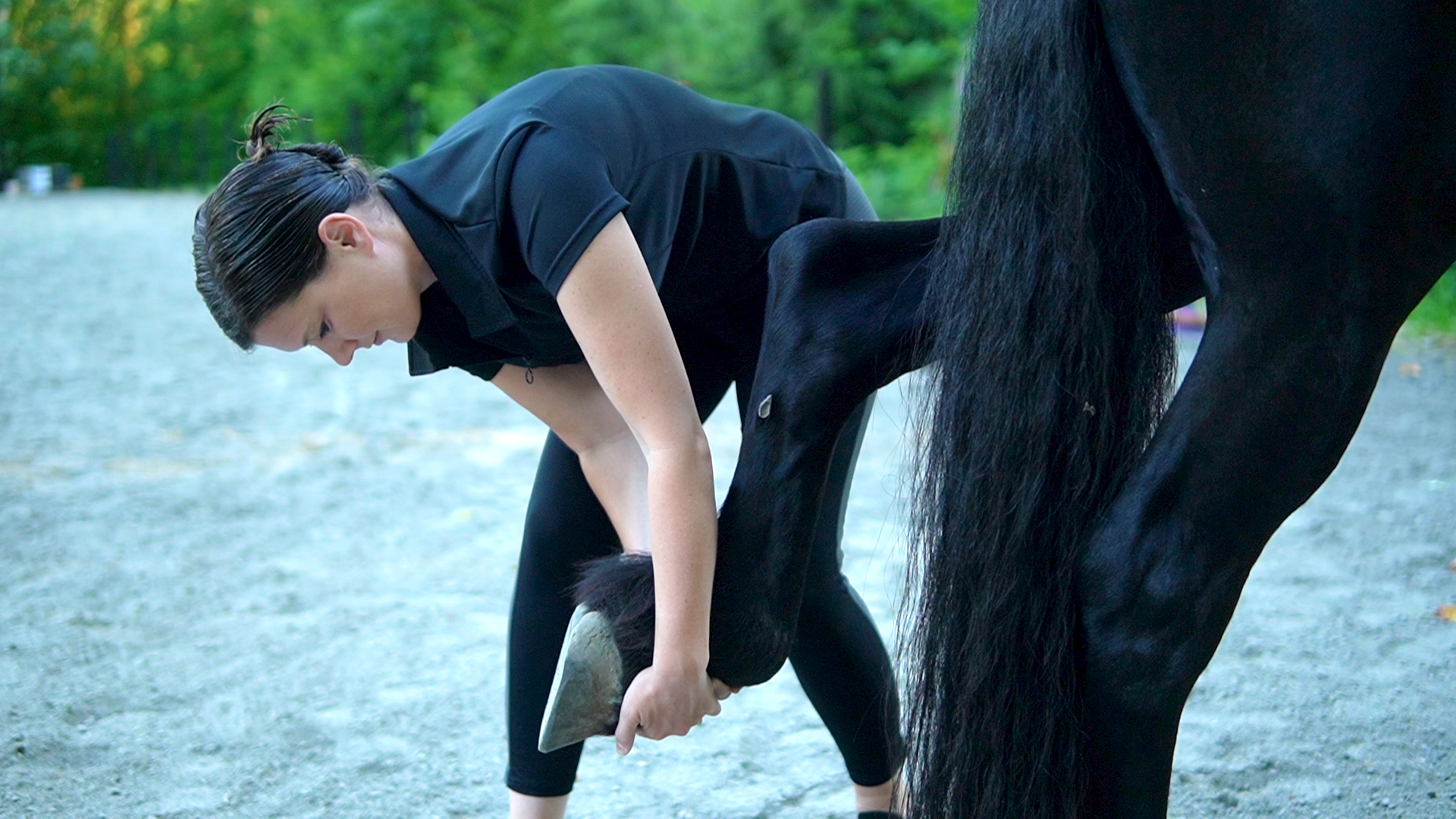The History of Equine Bodywork
Horses and humans have shared a powerful connection for thousands of years. From the days when horses carried warriors into battle to today’s performance arenas, one truth has always held: hands-on care helps horses stay healthy, move freely, and recover faster.
The story of equine bodywork is one of evolution, from instinctive touch to evidence-based therapy, and it’s still unfolding today.
Ancient roots of healing through touch.
The earliest forms of bodywork date back thousands of years. In ancient China, massage and therapeutic touch were part of a holistic approach to health for both people and animals.
Records show that these practices existed as early as 2,700 BC, alongside acupuncture and herbal medicine.
These early healers believed that energy, or “qi,” flowed through the body and could be balanced through specific points and strokes, ideas that would later shape veterinary acupuncture and acupressure.
In ancient Greece and Rome, physicians also used massage and manual manipulation in human medicine.
Greek horseman and philosopher Xenophon (430–354 BC) wrote one of the first surviving texts on horsemanship, On Horsemanship, emphasizing gentle handling, grooming, and care for the horse’s comfort.
While not clinical massage, his ideas reflect the same awareness of how daily touch supports a horse’s physical and emotional well-being.
Across centuries, these hands-on practices continued quietly in stables and barns. Grooms and handlers used touch to soothe sore muscles and keep working horses sound, even if they didn’t yet have the language or science to describe why it worked.
From instinct to science.
As human medicine advanced in the late nineteenth and twentieth centuries, the concepts of massage and physical therapy became formalized.
By the 1970s, these ideas began crossing into the equine world. One of the first people to bridge the gap was Jack Meagher, a physical therapist who worked with professional athletes.
Meagher applied the same muscle-release techniques he used on humans to horses, developing what he called Equine Sportsmassage.
Meagher believed “a muscle is a muscle,” meaning that the same physiological principles, circulation, tension, trigger points, and recovery, apply to both human and equine bodies.
His work inspired a new generation of therapists to look at horses through a scientific lens rather than a purely traditional one. His books, including Beating Muscle Injury (1985) and Equine Sportsmassage (1989), helped legitimize bodywork as a performance and recovery tool for horses.
By the late 1980s, dedicated programs were being established to train practitioners. Equissage, founded by Mary Schreiber in 1989, became one of the first formal certification programs in equine massage.
This marked a shift from intuition to education, bodywork was now being taught, standardized, and studied.
The rise of biomechanics and anatomy.
In the 1990s, veterinarians and researchers began to study how the equine body truly moves, giving rise to the modern science of biomechanics.
French veterinarian Dr. Jean-Marie Denoix was one of the first to connect anatomy, locomotion, and rehabilitation.
His research revealed how injuries and movement imbalances affect the horse’s entire kinetic chain, not just one area of the body. His textbook Biomechanics and Physical Training of the Horse remains a cornerstone in equine therapy education..
As science advanced, so did our understanding of fascia, the web-like connective tissue that links muscles, bones, and organs. Recent studies by Danish anatomists Vibeke S. Elbrønd and Rikke M. Schultz mapped the equine myofascial kinetic lines, showing how tension travels through the body in continuous pathways.
Their work, published in the Journal of Equine Veterinary Science between 2015 and 2021, demonstrated that when one part of the horse compensates, the entire system responds.
This research redefined the goals of bodywork. It was no longer just about relieving muscle tightness, it became a way to support balance, movement efficiency, and even emotional regulation through the nervous system.
Equine bodywork today.
Modern equine bodywork blends anatomy, movement science, and compassion. Practitioners use techniques drawn from massage, myofascial release, stretching, acupressure, and sometimes osteopathic or chiropractic models.
Many veterinarians now collaborate with certified bodyworkers to integrate these methods into rehabilitation plans and performance maintenance.
Bodywork has also become preventive rather than reactive.
Instead of waiting for soreness or injury, many owners schedule regular sessions to detect small changes before they become problems. This proactive approach mirrors trends in human sports medicine, maintenance, not repair.
As technology evolves, tools like thermography, motion analysis, and gait-tracking software are helping practitioners measure results more accurately.
Looking back and ahead.
From the early horsemen of Greece to today’s biomechanics labs, the history of equine bodywork tells a story of curiosity, compassion, and scientific progress.
What began as instinctive care has evolved into a respected discipline supported by anatomy, physiology, and peer-reviewed research.
At its core, bodywork still carries the same message Xenophon shared thousands of years ago: kindness, observation, and gentle touch are essential to the horse’s wellbeing.
Want to know more?
If you’d like to know more about bodywork and all things equine anatomy, tune into our YouTube series, In the Tack Room! Our first episode is live, and features a Q&A with our founder Kara, who dives deeper into equine bodywork and hands-on care.
🎥 Watch Episode 1: In the Tack Room

